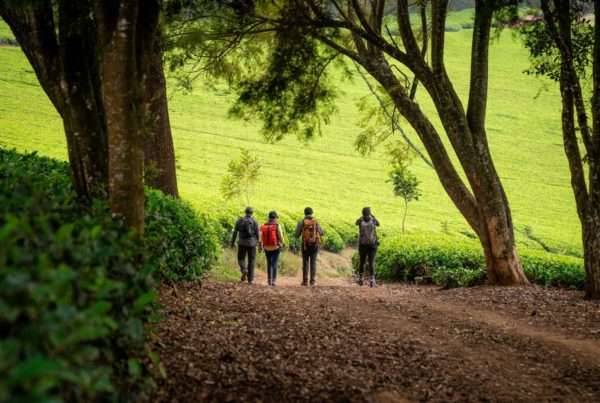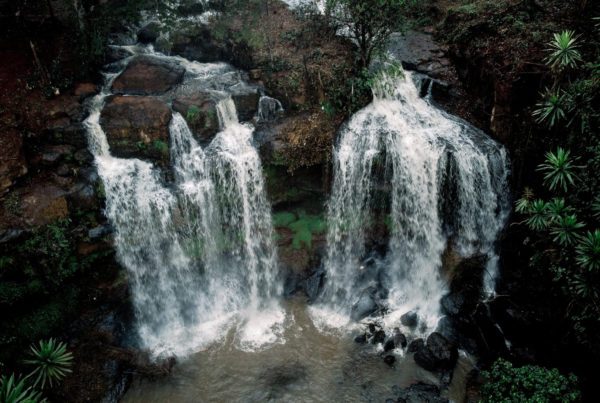On May 24th, 1996, Italian mountaineer Hans Kammerlander shocked the world by creating the standing world record for climbing from the Everest North Base Camp (5150m above sea level) to the Everest summit (8,848m above sea level) without supplementary oxygen in 16 hours, 15 minutes. This is a remarkable achievement because even with the current advancement in outdoor training programs and technology, It takes an average climber two months to summit Everest. What risks did he put his body through? How did he survive the risk?
Have you ever wondered about the science behind the age-old saying, the higher you go, the cooler it becomes? Gravity is the force responsible for keeping air molecules close bound. As you move further from the surface of the Earth, gravitational force reduces. Consequently, the atmospheric pressure decreases, and the distance between the air molecules increases. In turn, the rate of collision of the molecules, which is heat transfer, reduces. That is why the high altitudes are so cold. Hypothermia is the most immediate health hazard related to this phenomenon.
Hans Kammerlander was probably prepared for this by having effectively insulative layers of clothes. He might have chosen the most favorable season and day to create his record with research and prudent planning. He probably carried carbohydrates and a warm drink in his thermal flask as fuel for his body. After all, being constantly on the move is an effective way to stay warm.
This drop in temperature is not the only, nor the most deadly, effect of the low atmospheric pressure in the high altitudes. Our bodies have a hard time absorbing oxygen in the thin air. The resulting symptoms are collectively called Altitude Sickness.
There are three types of altitude sickness:
- Acute Mountain Sickness (AMS) – It is a mild and most common form of Altitude sickness. Symptoms are such as hangover, dizziness, headache, muscle aches, and nausea. Neglecting this condition leads to the following.
- High Altitude Pulmonary Edema (HAPE) – Characterized by a build-up of fluids in the lungs.
- High Altitude Cerebral Edema (HACE) – Characterised by a build-up of fluids in the brain.
Altitude above 8000m above sea level is called the death zone. The available oxygen here is 33% of that at sea level. Ordinarily, humans can’t survive at this altitude. To travel in the death zone, mountaineers have been using supplemental oxygen for decades. But not Hans Kammerlander! He set his record without using supplemental oxygen! How then did he steer clear of Altitude Sickness?
A slow pace when trekking high altitudes allows the body to acclimatize appropriately. However, Hans was not moving slowly. As a mountain guide, acclimatization due to extended exposure to the low atmospheric pressure is likely. He must have gained that advantage from years of mountaineering. Being a professional mountaineer most of his life, he had adopted a healthy lifestyle devoid of drugs and filled with exercise, healthy foods, e.t.c. He must have learnt compensation habits such as breathing techniques and hydration to mitigate altitude sickness. It is also likely that his body was just better suited to such environments.
Maybe we covered his technique in the article, and maybe not. Whatever it was, Hans Kammerlander is an outstanding human specimen!
By Mwenda Kinoti, Lead Guide






